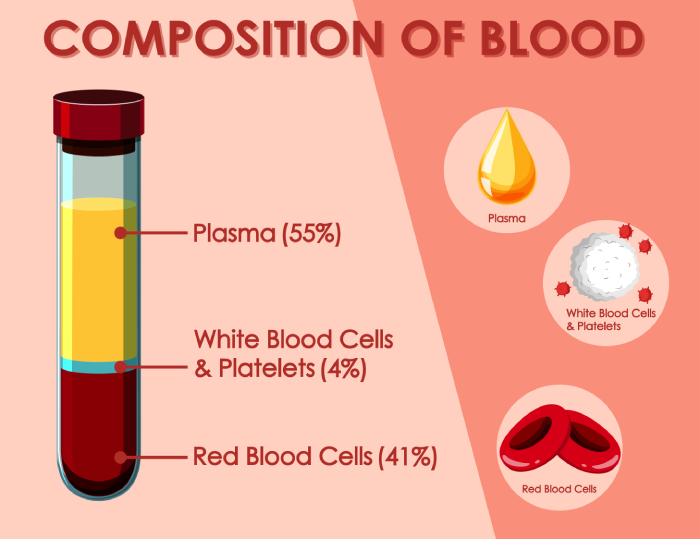Innovative Weight Loss with MealPlot App
Maintaining a healthy weight is a challenge for many, and finding the right meal planning strategy can be overwhelming. Researchers at the University of Illinois Urbana-Champaign have introduced a new web-based weight management program that aims to simplify the process. This initiative, detailed in a study published in JMIR Formative Research, combines digital meal planning with professional dietitian support to enhance weight loss outcomes.
“Our goal is to create an online weight loss program that is useful both as a preventive measure and as a clinical treatment,” explained Manabu Nakamura, associate professor in the Department of Food Science and Human Nutrition and the Division of Nutritional Sciences at Illinois.
The Evolution of the EMPOWER Program
The program initially launched as the Individualized Dietary Improvement Program (iDip), where participants engaged in face-to-face educational sessions with dietitians. Later, to expand accessibility, the researchers transitioned to a fully online format, resulting in the creation of EMPOWER. The digital version was tested with individuals in rural Illinois to assess its effectiveness in a real-world setting.
EMPOWER integrates three key components:
- Educational resources covering nutrition and weight loss strategies.
- A digital meal planning application, allowing users to design and monitor meals.
- Virtual support from registered dietitians, who provide real-time guidance via online chat.
“Plenty of calorie-counting apps exist, but simply reducing calories doesn’t always mean healthy weight loss. Cutting calories while reducing protein intake can lead to muscle and bone loss rather than fat loss. The key is maintaining protein intake while reducing overall calorie consumption,” Nakamura noted.
The MealPlot Feature: A Smarter Approach to Meal Planning
To address this concern, the researchers developed MealPlot, a unique interactive feature that helps users track protein and fiber content in their meals. Instead of focusing solely on caloric intake, the tool emphasizes nutrient density to promote healthier eating habits.
“Most dieting apps function as macronutrient calculators, but we wanted to guide people toward foods that provide both protein and fiber in optimal amounts,” said Ashleigh Oliveira, lead author and a doctoral candidate in Nutritional Sciences.
MealPlot allows users to input various foods into a chart that visualizes fiber and protein levels. The objective is to ensure that daily intake falls within a specific target range. According to Oliveira, this method naturally leads to a calorie deficit because the recommended foods—lean proteins, whole grains, fruits, and vegetables—are more satiating and nutrient-dense compared to high-fat and high-sugar alternatives.
Flexibility Without Restrictions
One of the standout features of MealPlot is its inclusive approach. Users are not required to eliminate any specific food groups. Instead, they are encouraged to balance their intake to fit within the recommended protein-fiber range.
“This method avoids the pitfalls of overly restrictive diets. People can still eat their favorite foods, provided that their overall intake aligns with the target goals,” Oliveira explained.
While the MealPlot app is freely available for anyone to register, researchers emphasize that working with a dietitian enhances its effectiveness.
“The educational materials and meal-planning tools provide a strong foundation, but individuals aiming for significant weight loss—50 pounds or more—will benefit from expert guidance. Plateaus and setbacks are common, and a structured approach with professional support ensures long-term success,” Nakamura added.
Continuous Development and Future Plans
The research team has refined the app over multiple iterations. The initial version featured a smart scale that automatically recorded weight data. The latest update incorporates a chat function for real-time interaction with dietitians, along with a platform where professionals can monitor client progress.
As part of its development, the MealPlot tool integrates data from the U.S. Department of Agriculture’s food database. However, the team worked extensively with web developers to improve search functionality, ensuring that users can easily find and log their meals.
The researchers aim to launch the fully developed program by spring 2026, further enhancing accessibility and effectiveness in weight management.
Commentary by SuppBase Columnist Alice Winters

The MealPlot app presents a novel approach to weight management by shifting the focus from calorie counting to protein and fiber optimization. This strategy aligns with emerging nutritional research suggesting that nutrient density plays a more significant role in satiety and body composition than mere caloric restriction. However, while MealPlot offers promising benefits, it also raises several important considerations.
Strengths of the MealPlot Approach
Science-Based Nutrient Tracking: Unlike traditional calorie trackers that can encourage disordered eating patterns, MealPlot prioritizes protein and fiber intake, supporting muscle preservation and satiety.
Flexible, Non-Restrictive Framework: The app promotes a balanced approach, allowing users to incorporate diverse foods instead of eliminating entire categories, which can lead to better long-term adherence.
Dietitian Support: The inclusion of professional guidance adds a valuable component often missing in generic dieting apps, providing users with personalized strategies to overcome challenges.
Potential Limitations and Concerns
Limited Appeal to Non-Tech-Savvy Users: While the app aims to be user-friendly, reliance on digital tools may alienate older adults or individuals uncomfortable with technology.
Protein Bias? While ensuring adequate protein intake is crucial, an excessive focus on protein might inadvertently encourage overconsumption, leading to other health issues, particularly for individuals with kidney conditions.
Market Competition: The weight-loss tech space is already saturated with apps like MyFitnessPal and Noom. While MealPlot’s emphasis on protein and fiber is unique, it remains to be seen whether this differentiation is strong enough to capture significant market share.
Final Thoughts
MealPlot is a commendable step toward modernizing weight management by emphasizing nutrient density over calorie fixation. However, its success will likely hinge on execution—particularly its usability, real-world applicability, and ability to sustain user engagement over the long term. If it can effectively integrate behavioral coaching and habit-forming strategies alongside its meal-planning features, MealPlot may become a formidable player in the digital health space.
As the 2026 launch approaches, it will be interesting to see how the platform evolves and whether it can genuinely disrupt the existing paradigm of weight loss apps.



